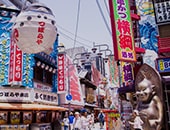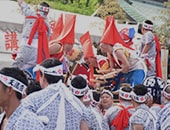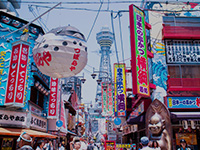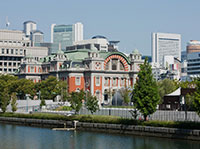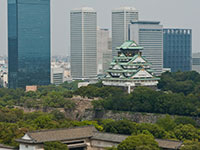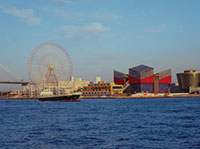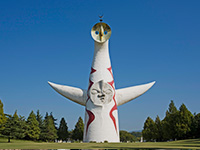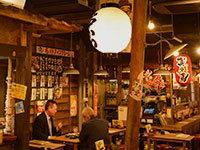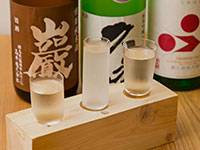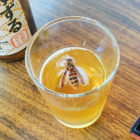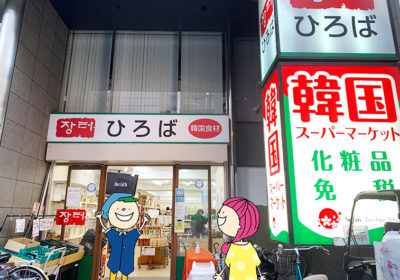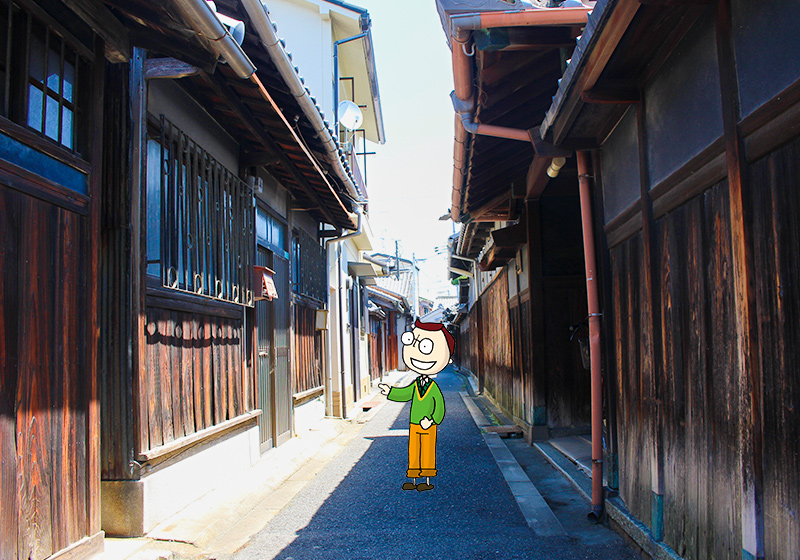

Osaka Bob FAMILY
Rich in history, full of charm: Kire Moated District
Maido! Manabu here!
Have you ever heard of Kireuriwari? It’s definitely a unique name and apparently a very unique place. There’s a district here called Kirekangōchiku (Kire Moated District), which is located south in the city of Osaka. And it’s got some interesting history, so for those of you charmed by the nostalgic styles of Nara and Kyoto, look no further! Let me introduce you to some beautiful history right here in Osaka.
[Contents]
■ Remnants of a beautiful past—Kire Moated District
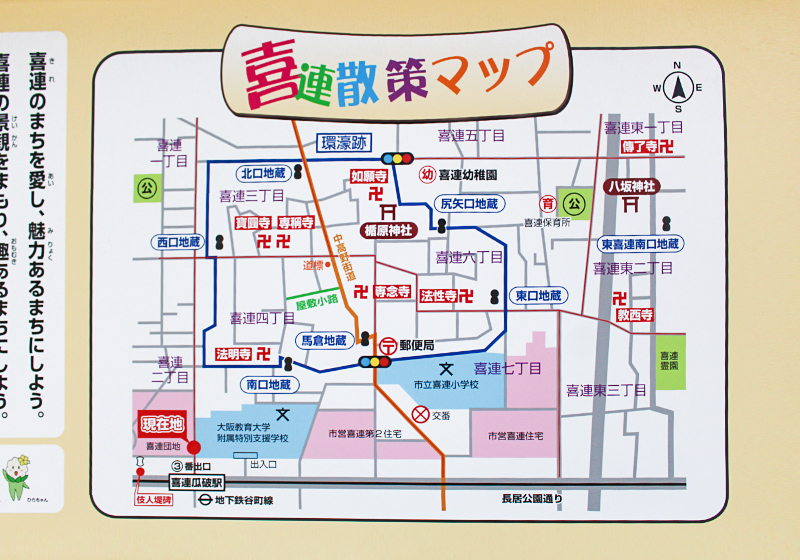
A short walk from Kireuriwari Station on the Osaka Metro Tanimachi Line, located not too far from Nagai Park and actually not that far from Osaka’s southern Nanko port, there’s a residential neiborhood with apartment buildings scattered among houses. At first glance, the neighborhood doesn’t seem too out of the ordinary for the streets of Osaka, but in the middle of it all, is something very unique, very unusual, and very special. One area of this neighborhood, known as the Kire Moated District, Kirekangōchiku in Japanese, is brimming with romantic nostalgia.
As you may guess from the name, this district was once surrounded by a moat to guard against enemy forces. The moat is believed to have been 3 meters deep and the Kire Castle inner citadel (honmaru) was located at present-day Nyoganji Temple.
Edo Period scholar Motōri Norinaga wrote in his Commentaries on the Kojiki that the name Kire derived from the name Kure, a region in mainland Asia. People from Kure settled in this region and the name eventually came to be pronounced as Kire.
Another thing to note about this ancient period in history is that sea-level was much higher than present-day and there was likely a port here during the Jōmon period (14,000–300BCE). People lived in this district throughout important periods in history like the Northern and Southern Courts (1336–1392) and the infamous Siege of Osaka (1614–1615). During the Edo period (1603–1867) the moat came to be used for irrigation and Jizō statues were placed at the 6 entrances to the moated area. Kire really has a lot of deep history!
■ History buffs rejoice! Remnants of the Hōjō clan
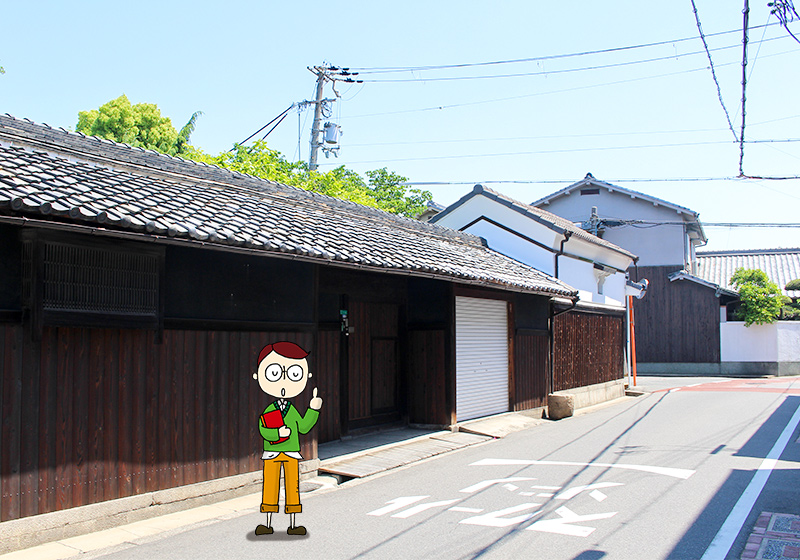
The Kire Moated District has rows of historic houses that are at least a century old. The oldest of the kominka (old Japanese style houses) is the Sasaki house, which was built in 1776. That means it’s over 200 years old!
To be clear, the area which was once surrounded by a moat, but has since been filled in, takes about 20 minutes to walk around. And although the area is by no means spacious, there are an impressive number of temples and shrines here, including Nyoganji Temple, Hōmyōji Temple, Sennenji Temple, Hosshoōji Temple, Senshōji Temple, Hōenji Temple, and Tatehara Jinja Shrine. Combined with the beautiful old houses, the temples and shrines give Kire all the charms of an old-style Japanese town.

Hōmyōji Temple, located at the southern edge of the district, is one of the remarkable sights to see. The walls of the temple are decorated in five white horizontal lines in an old architectural style called sujikabe that indicates rank with the number of lines. This temple would have had the highest rank, signified by five lines, whereas other structures may have had three or four.
See one of the six Jizo that guarded an entrance to the Kire Moated District, which is located right across from Hōmyōji Temple. And next to that you’ll find the Nagabashi House, which features a gate brought here from the Hōjō’s administrative headquarters (jinya) at Sasayama.
History buffs will know that the Hōjō clan was a powerful family that held great power in East Japan and headed the Shogunate for five generations beginning with Hōjō Sōun (b. Xxxx–1519). The same Hōjō clan who later surrendered to Toyotomi Hideyoshi at Odawara. But a little known fact about the clan is that it lived on in prosperity under the Toyotomi regime. The Hōjō were allotted 10,000 koku (unit of rice collected through taxes, each koku is considered enough rice to feed an adult for one year). Anyone with an eye for history will be impressed to see architecture from this elite samurai family.
■ Just like in a movie! The nostalgic streets of Kire
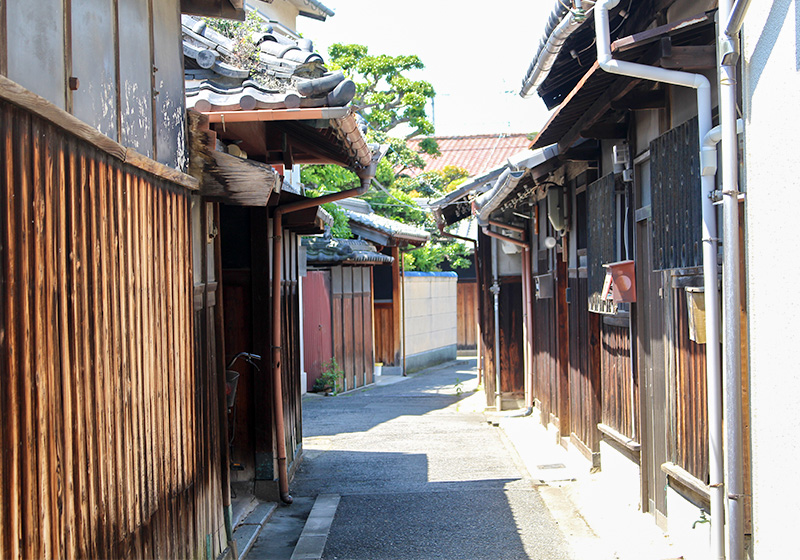
North of Hōmyōji Temple, there’s this beautiful alleyway lined with gorgeous old houses. The wooden walls have a soft elegance you’d never expect out of twenty-first century Osaka. All of these buildings are traditional kominka houses from the Meiji era(1868–1912), and proudly display their latticed windows, white and black plaster walls making the perfect setting for a photo or film. Without even thinking, I caught myself snapping photos.
Continuing north you’ll come upon an old sake brewery, the Masui House, and if you head further east you’ll see Tatehara Jinja Shrine.
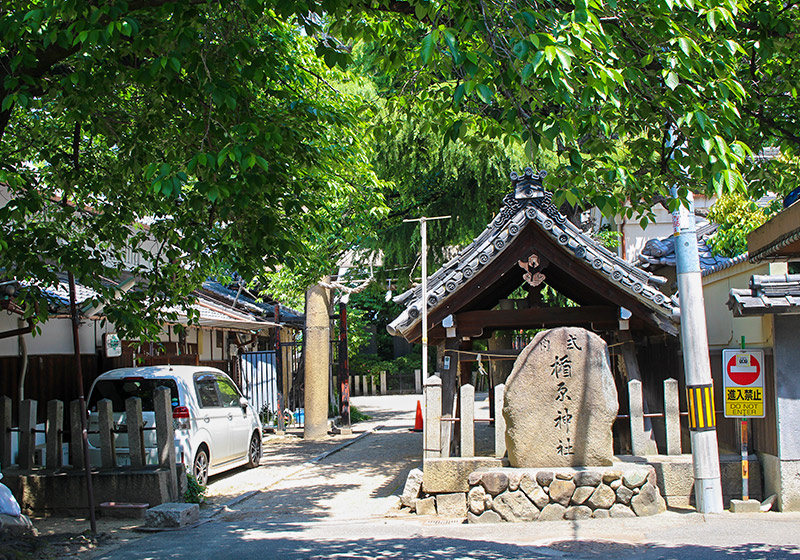
The shrine grounds are so incredibly peaceful and pleasant to explore. As I walked further, I came upon a small door.

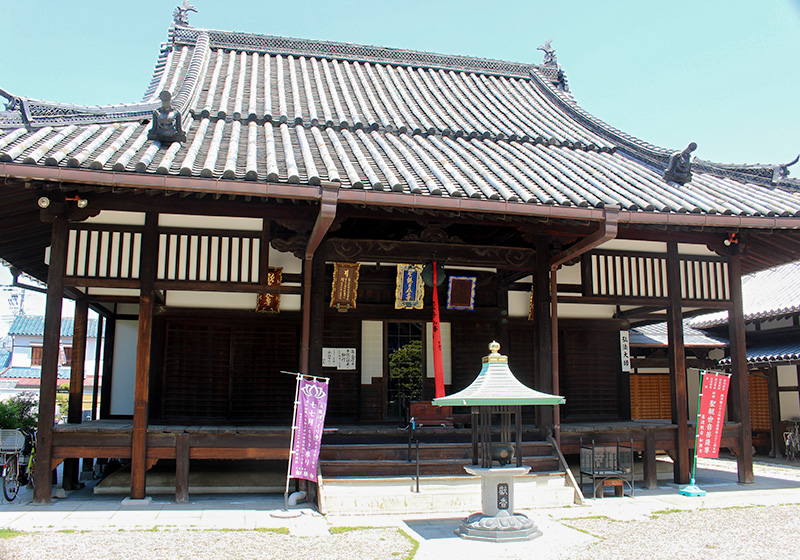
And here I’ve arrived at Nyoganji Temple.
It’s funny to think there is a temple right on the other side, with only a small door in between.
According to temple legend, Nyoganji originates in the 580’s when Prince Shōtoku Taishi Kireji Temple, which was then rebuilt by Kōbō Daishi (aka Kūkai) in 817. The temple later became grounds for the Kire Castle and maintains a special air of importance within the Kire Moated District.
Full of traditional architecture, homes, storehouses, temples, and shrines, there is so much history lining the streets of Kire. And on the 23rd and 24th of August, every year Jizo-bon celebrations are held near the 6 Jizo statues.
The area might remind you of Nara or Kyoto, but it has its own unique culture. Take a trip to this special part of Osaka and experience it for yourself.
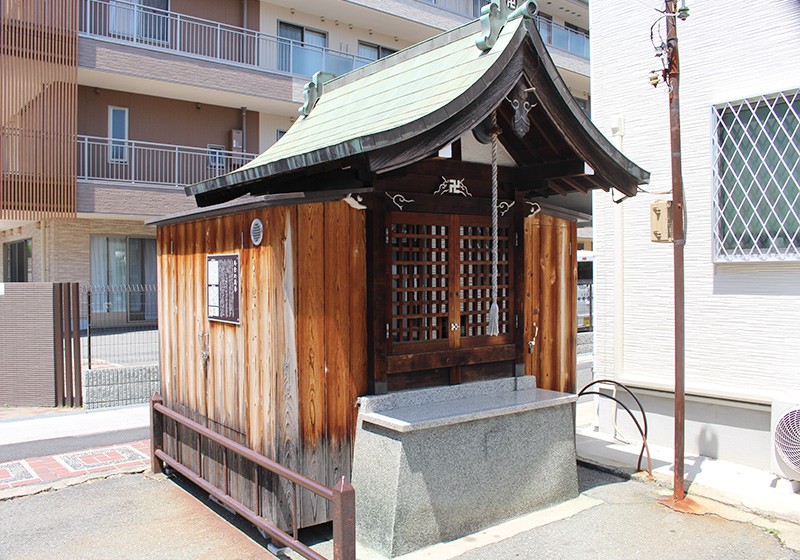
Bonus Tidbit
On my way from Kireuriwari Station walking towards Kire Moated District, I spotted this! It’s an old watering station and it looked so interesting I had to snap a photo. Apparently, long ago, they used to be painted red.
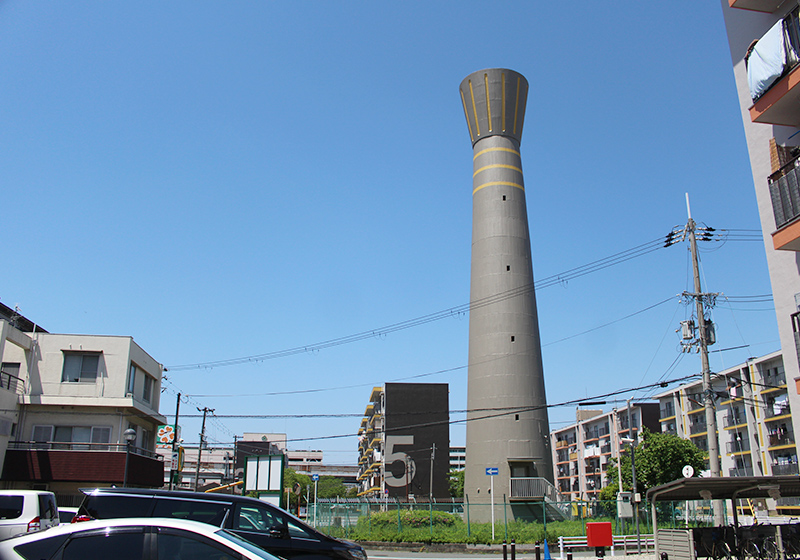
▼If you liked this article, read more
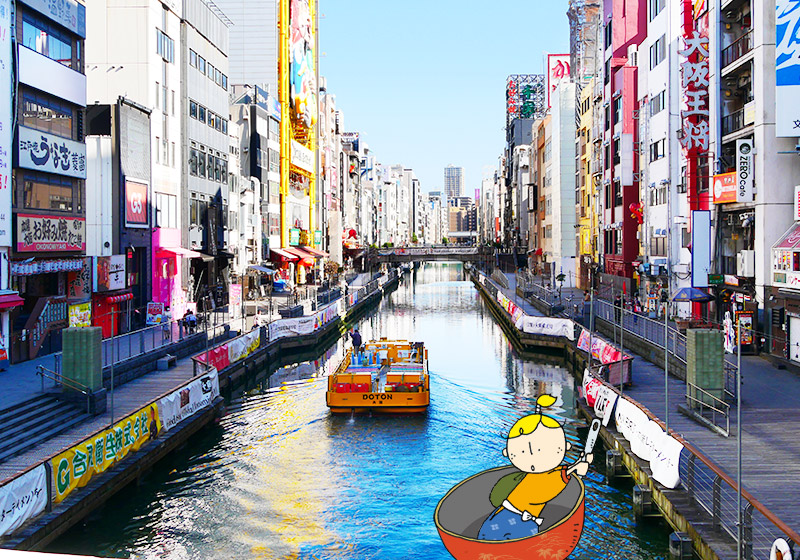 A fairytale set in OsakaIssun-boshi (Little One Inch)
A fairytale set in OsakaIssun-boshi (Little One Inch)

Osaka Bob FAMILY
The contents of this page were current at the time it was posted, but may differ from the present.
Text visible in this map is based on information from Map Tiler and may differ from actual geographical names.






